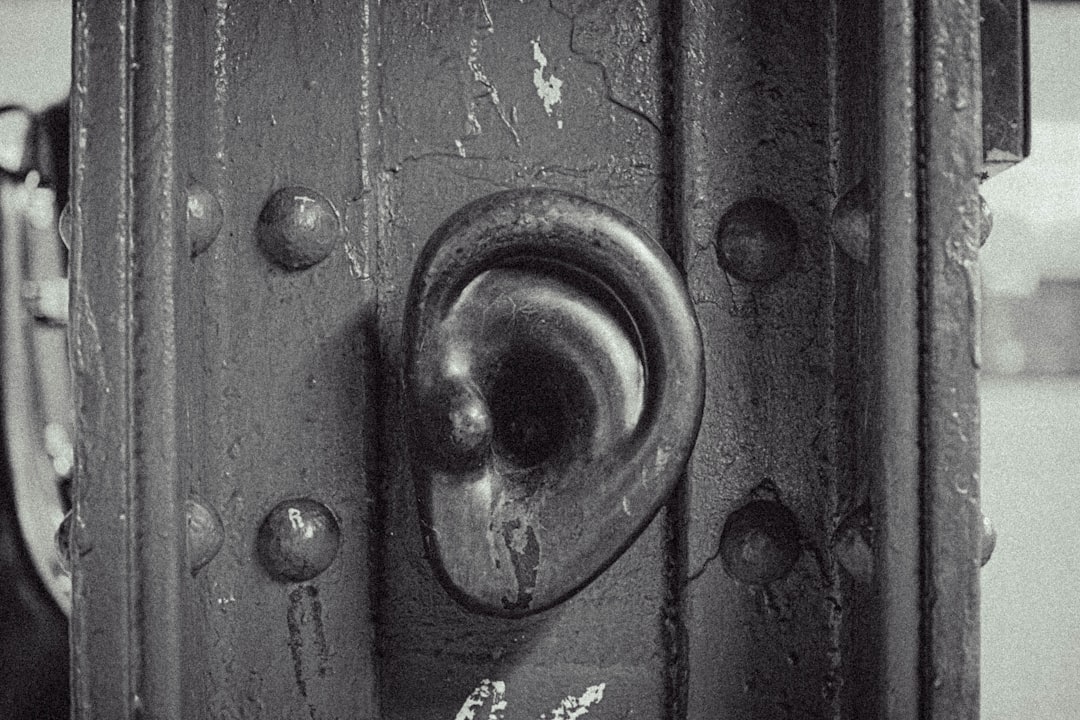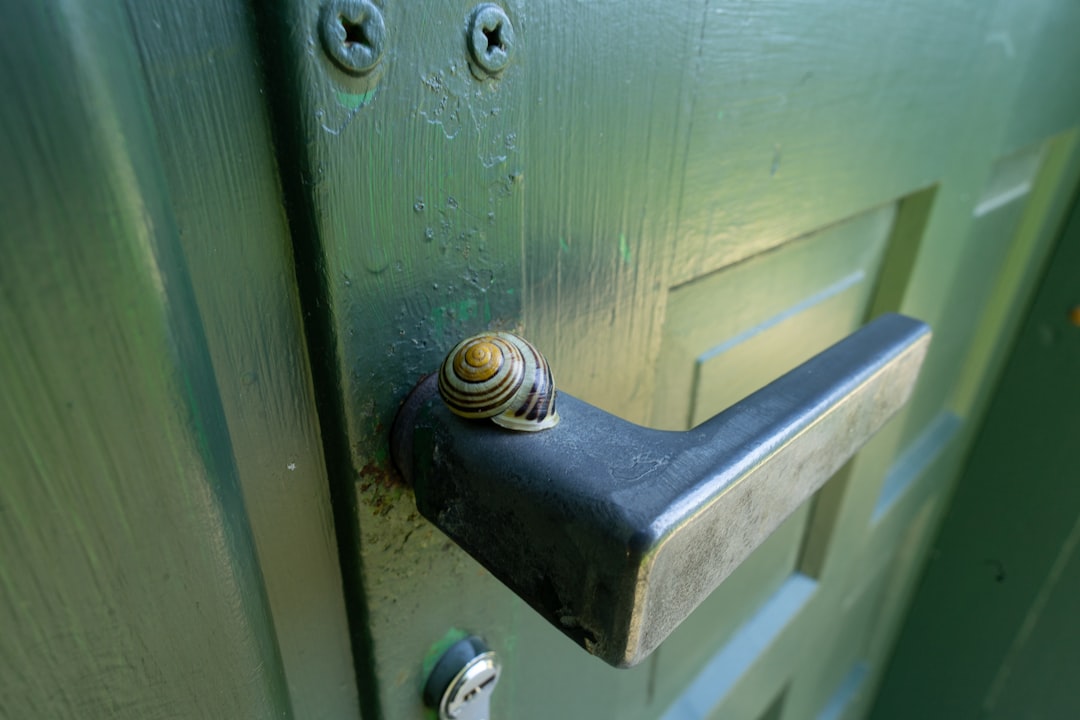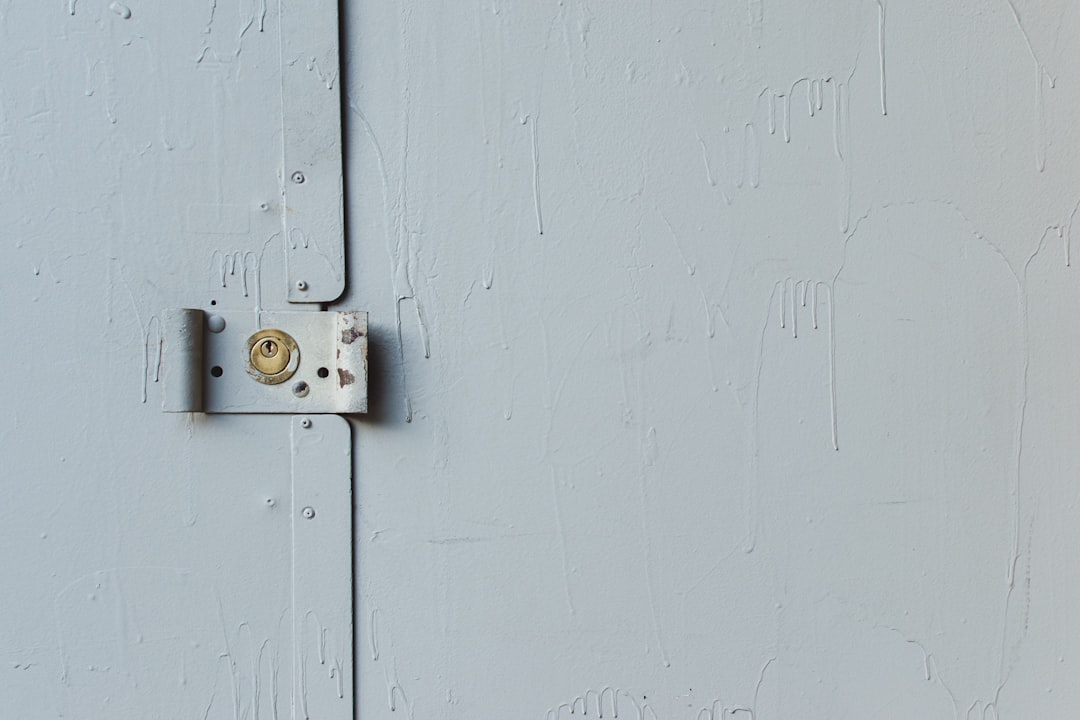

Engage prospects with a scan and streamline customer engagement with FREE QR code marketing tools by Sona – no strings attached!
Create a Free QR CodeFree consultation

No commitment

Engage prospects with a scan and streamline customer engagement with FREE QR code marketing tools by Sona – no strings attached!
Create a Free QR CodeFree consultation

No commitment
In today's digitally driven world, QR codes have evolved from a novelty to a strategic powerhouse in bridging offline engagement with online action. For door lock repair services, QR codes represent an accessible, frictionless, and highly effective way to accelerate customer access, streamline urgent communication, and seamlessly connect physical interactions such as on-site visits or hardware installations to tailored digital experiences. Unlike traditional methods, no specialized app or complex setup is required. A simple scan can route a customer to the exact resource they need in seconds.
Door lock repair providers often face pressure to respond rapidly, capture fleeting high-intent interest, and connect physical touchpoints to measurable digital outcomes. QR codes help compress time to resolution, ensure every inquiry is trackable, and standardize handoffs between the field and the office. With the right workflow design and analytics, teams can identify real intent, track every meaningful interaction, and set a new standard for customer experience and growth.

Door lock repair services often struggle at the point of first contact. Handwritten appointment books, lost business cards, and static signage that only lists a phone number or URL create friction. Prospects may leave without contacting you, and urgent requests never make it into your pipeline. By replacing analog tools with QR-enabled workflows, every physical interaction can convert into a measurable digital action that speeds response and improves service quality.
Modern solutions now allow service teams to bridge this gap by moving away from outdated processes and deploying codes that drive instant action. For example, a QR sticker at a multifamily building entry can take tenants to a priority service form, and a QR on a technician’s badge can initiate an on-site approval workflow. These small changes eliminate delays, keep records clean, and give operations leaders visibility over what used to be blind spots.
By connecting every physical encounter to a trackable digital action, door lock repair businesses can capture previously invisible demand, prioritize the right customers, and deliver faster, more reliable service. The result is less guesswork, stronger attribution, and a customer experience that feels modern and responsive.

QR codes solve the most common obstacles that slow down or prevent contact in a lock and key emergency. Your van might be parked on a busy street, your sticker might be on a storefront, or your flyer might be on a community board. Without an instant way to act, high-intent prospects slip away, and your CRM remains incomplete. QR codes replace this uncertainty with a one-scan route to the next best step.
In addition to speed, QR codes create flexibility and insight. Dynamic codes let you update content without reprints, which is ideal when services change or teams rotate. Scan analytics reveal which placements perform, what times produce the most demand, and which contexts lead to confirmed jobs. These signals make it easier to invest in the channels that work and retire those that do not.
Applied to door lock repair materials such as appointment cards, receipts, vehicle wraps, and storefront signs, QR codes turn every surface into a high-converting, measurable CTA. This improves customer experience and helps managers allocate budget to what actually drives revenue.

Door lock repair teams encounter many moments where high intent appears, but it is not recorded. After-hours inquiries, technician visits, and brochure views can all lead to silent interest that disappears. Matching QR formats to these moments ensures every action is captured.
Different formats support different workflows. The goal is to reduce steps for the customer while supplying your team with structured, actionable information. For urgent scenarios such as lockouts, use formats that trigger direct communication. For repeat service or upgrades, use formats that support rich information or easy rebooking.
Select formats based on context. For example, vans and door hangers benefit from SMS prompts, receipts and invoices benefit from web links to feedback or warranties, and technician badges often benefit from vCards to speed follow-ups.

Many teams underestimate how many physical touchpoints already exist in their workflow. Untracked van decals, generic signage, and static flyers create awareness but not action. QR codes convert these passive exposures into measurable demand signals that your operations and marketing teams can act on.
Prioritize placements where urgency, visibility, and frequency overlap. Your vans are moving billboards that encounter high-intent prospects regularly. Your post-service stickers sit at the exact place where future issues will be noticed. Your business cards and flyers travel with customers, property managers, and building staff who often become repeat referrers.
Transforming these touchpoints yields a pipeline that is both fuller and more measurable. Your marketing spend becomes easier to defend because you can show which surfaces generate scans, bookings, and revenue.

Door lock repair companies frequently struggle to surface urgent prospects and tie specific actions back to revenue. QR-enabled workflows address these gaps across core use cases. The key is to meet customers at their moment of need and make the next step effortless, while capturing the data your team needs to deliver quickly.
Each of the following use cases can be launched with static codes where content is stable, or dynamic codes where routing, messaging, and measurement need to evolve. Sona QR enables both, with performance analytics and CRM integrations that bring scan data into the tools you already use.
Each scenario closes a historic loophole. Intent is captured promptly, operational steps are clear, and the marketing team gains attribution data that was previously impossible to obtain.
Every scan is a signal. By deploying multiple QR codes across your door lock repair workflow, you can automatically segment audiences by intent, timing, and channel. These segments can then fuel precise email, SMS, and paid media follow-ups that respect the urgency and context of each interaction.
For example, someone who scans a van decal at 1 a.m. is demonstrating high emergency intent, while a customer who scans an invoice code is likely in a planning or maintenance mindset. Treating these audiences differently increases relevance and conversion rate, and it reduces wasted spend on generic retargeting.
With scan-level insights, door lock repair providers curate audiences based on real actions, not assumptions. This improves the quality of follow-ups and ensures every marketing dollar has a better chance of converting into booked jobs.
QR codes connect offline and digital channels so that every campaign, from print to social, can drive immediate action and generate measurable data. For door lock repair services, this means print assets finally become interactive and attributable, and digital channels can be orchestrated around real-world behavior.
A connected funnel might start with a van decal scan that books a service, followed by a post-service sticker scan that triggers a review, then an invoice scan that adds the customer to a maintenance plan. Each touchpoint fuels the next, and a central platform like Sona QR ties performance together for analysis and optimization.
QR codes serve as the offline onramp to your digital marketing engine. They also unlock a new layer of data collection across channels that were once difficult to measure. With Sona QR, you can manage all your codes, monitor performance, and sync scan data with your CRM and ad platforms.
Consistency beats complexity. A simple, repeatable process will help your team launch QR campaigns quickly and learn from every deployment. Start with a clear use case, choose the right code type, design for the environment, then measure and iterate until performance stabilizes.
Use the following steps to align operations, marketing, and field staff. This structure replaces guesswork with evidence, so you can justify investments and standardize what works across regions or crews.
Define one primary goal and the exact placement that will deliver it. For instance, enable emergency lockout requests from service van decals, or drive post-repair reviews from stickers placed near the door. Clarify what success looks like in measurable terms such as scan volume, scan-to-book conversion rate, or number of reviews collected per week.
Select the code that fits your need today and your need next month. Static codes are fine for destinations that never change, while dynamic codes let you edit links and capture analytics without reprints.
Design for real-world conditions. People scan from several feet away, at awkward angles, and at night. Pair visual clarity with a benefit-driven call to action.
Roll out in phases so you can measure placement effects. Map the customer journey and select moments where urgency is high and action is immediate.
Bring all your data into one view and evolve the campaign with evidence, not opinions. A unified dashboard makes it easy to compare placements, messages, and designs.
The greatest value of QR adoption is visibility. Knowing someone scanned a code is useful, but knowing which decal led to a booked job, which flyer generated an upsell, and which sticker produced a five-star review is transformative. This insight helps justify budget, improve staffing plans, and focus your message where it matters.
Traditional tools stop at clicks. Sona QR and Sona.com extend measurement from scan to revenue. They connect real-world interactions to your CRM and paid channels, resolve identities where possible, and map the journey across multiple touches so you can see the true impact of your offline-to-online funnel. Deepen your strategy with Sona offline attribution and Sona account identification.
The result is a closed loop from street to system. You can finally tie physical marketing to revenue outcomes, then scale what works with confidence.
Rolling out QR across your business is not just about slapping codes on surfaces. It is about clarity of purpose, training your team, and automation that makes every scan action-driven. Use the following best practices to maximize scan rates and ROI in a locksmith environment.
Start by focusing on a few placements with high daily exposure. Teach technicians to promote the value of scanning, not just the existence of the code. Then automate the next step so customers feel the benefit immediately.
Creative examples that work well in this vertical include QR codes on property manager welcome packets that route to bulk rekey booking pages, and QR codes on invoices that let customers enroll in annual maintenance plans with one tap. These placements meet the customer in context and transform routine moments into growth opportunities.
For door lock repair services, QR codes are more than a shortcut or a gimmick. They are a practical strategy for solving persistent problems such as lost leads, slow response, and missed attribution. By placing a scannable, benefit-driven CTA everywhere your brand appears, you convert moments of interest into immediate action, capture data that improves decision-making, and free your team from manual, error-prone processes.
Here is what an effective QR program delivers for locksmiths and door hardware specialists:
With Sona QR, you can design, launch, and measure QR programs that fit your operation. Start creating QR codes for free, deploy them where urgency is highest, and connect scan data to your CRM and ad platforms to prove impact from street to system. When every physical interaction becomes a digital entry point, you create faster paths to help, stronger customer relationships, and measurable business growth.
QR codes have revolutionized the door lock repair services industry by transforming traditional access methods into seamless, trackable interactions that enhance security and convenience. Whether it’s streamlining customer access, simplifying service verification, or enabling real-time updates, QR codes replace cumbersome manual processes with instant, mobile-friendly solutions that elevate the entire repair experience.
Imagine your customers effortlessly scanning a code to grant technicians secure, time-limited access or instantly verify service completion—while you track every interaction to optimize scheduling and boost satisfaction. With Sona QR, you can create dynamic, trackable QR codes in seconds, update access permissions without reprinting, and connect every scan directly to your operational metrics. No lost keys, no guesswork—just smarter, more efficient door lock repair workflows.
Start for free with Sona QR today and turn every scan into a secure access point, a verified service, or a satisfied customer.
The article does not specify the cost to repair a door lock.
The article does not detail specific signs indicating the need for door lock repair.
Using QR codes on van decals, flyers, and storefronts allows quick access to booking forms and emergency assistance, helping customers find reliable door lock repair services easily.
Smart lock upgrades can be promoted via QR codes that link to maintenance schedules and upgrade options, leading to growth in upsell revenue, better retention, and timely reminders that reduce emergency calls.
The article does not provide guidance on choosing between traditional and smart locks but suggests QR codes can provide information and booking options for smart lock upgrades.
QR codes enable instant customer access, streamline urgent communication, connect physical touchpoints to digital actions, accelerate response times, and provide trackable data to improve service quality and marketing effectiveness.
Effective placements include service van decals, storefront windows, door stickers, business cards, neighborhood flyers, invoices, and technician uniforms to capture high-intent customer interactions.
Useful QR code formats include web links to booking or emergency forms, vCards for contact sharing, SMS or email prompts for quick communication, Wi-Fi access for technicians, and app download links.
Companies can use dynamic QR codes with analytics platforms to track scan times, locations, device types, and conversion rates, enabling data-driven decisions and better attribution of marketing spend to revenue.
Steps include choosing a use case, selecting the QR code type, designing and testing the code for real-world conditions, deploying codes across high-impact media, and tracking and optimizing campaign performance.
QR codes trigger follow-up actions such as appointment confirmations, feedback requests, maintenance reminders, and nurture sequences that enhance customer retention and satisfaction.
Yes, dynamic QR codes allow content and destination updates without reprinting, providing flexibility to adapt campaigns over time.
Use Sona QR's trackable codes to improve customer acquisition and engagement today.
Create Your FREE Trackable QR Code in SecondsJoin results-focused teams combining Sona Platform automation with advanced Google Ads strategies to scale lead generation

Connect your existing CRM

Free Account Enrichment

No setup fees
No commitment required

Free consultation

Get a custom Google Ads roadmap for your business






Launch campaigns that generate qualified leads in 30 days or less.
